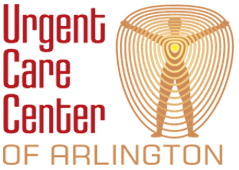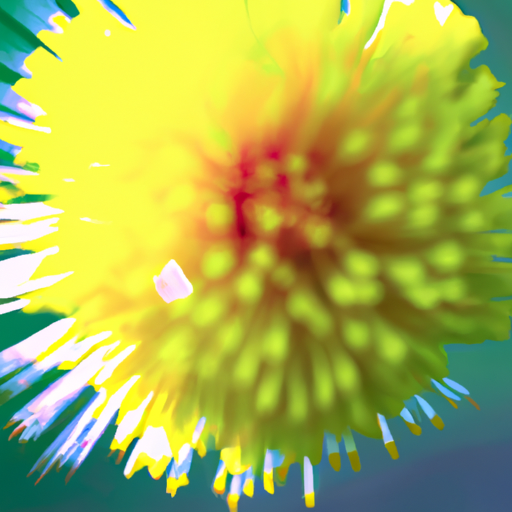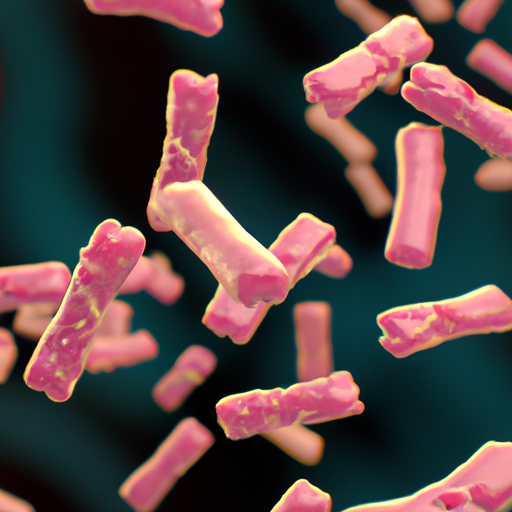Langer-Giedion Syndrome, also known as Trichorhinophalangeal Syndrome Type II, is a rare genetic disorder characterized by a combination of dysmorphic features, short stature, intellectual disability, speech and language delay, distinctive facial features, skeletal abnormalities, and multiple cartilaginous exostoses. This article aims to provide a comprehensive overview of Langer-Giedion Syndrome, its symptoms, causes, diagnosis, and potential treatment options.
Dysmorphic Features
One of the key characteristics of Langer-Giedion Syndrome is the presence of dysmorphic features. These include a prominent forehead, a broad nasal bridge, a long philtrum, and a thin upper lip. These distinctive facial features can help in the diagnosis of the syndrome.
Short Stature
Individuals with Langer-Giedion Syndrome often exhibit short stature, which means they are significantly shorter than average individuals of the same age and gender. This growth deficiency is a common symptom and can be observed from early childhood.
Intellectual Disability
Intellectual disability is another characteristic feature of Langer-Giedion Syndrome. Individuals with this condition may have learning difficulties, delayed cognitive development, and impaired intellectual functioning. The severity of intellectual disability can vary from mild to moderate.
Speech and Language Delay
Speech and language delay is a common symptom in individuals with Langer-Giedion Syndrome. Children affected by this condition may have difficulties in articulating words, forming sentences, and understanding complex language structures. Early intervention and speech therapy can significantly improve communication skills.
Distinctive Facial Features
In addition to dysmorphic features, Langer-Giedion Syndrome is characterized by distinctive facial features. These may include a bulbous nose, low-set ears, and a thin upper lip. These facial characteristics can aid in the diagnosis of the syndrome.
Skeletal Abnormalities
Langer-Giedion Syndrome is associated with various skeletal abnormalities. These can include cone-shaped epiphyses, which are abnormal bone structures at the ends of long bones, as well as short fingers and toes. These skeletal abnormalities can affect mobility and dexterity.
Multiple Cartilaginous Exostoses
Another notable feature of Langer-Giedion Syndrome is the presence of multiple cartilaginous exostoses. These are benign bone tumors that develop on the surface of bones. They can cause pain, limited joint movement, and skeletal deformities.
Causes and Diagnosis
Langer-Giedion Syndrome is caused by a deletion of genetic material on chromosome 8. This deletion affects the TRPS1 and EXT1 genes, which play crucial roles in normal development. The syndrome is typically diagnosed through genetic testing, which can identify the specific chromosomal deletion.
Treatment and Management
Currently, there is no cure for Langer-Giedion Syndrome. Treatment primarily focuses on managing the symptoms and improving the quality of life for affected individuals. A multidisciplinary approach involving various healthcare professionals, such as geneticists, orthopedic surgeons, speech therapists, and psychologists, is often recommended.
Tips for Managing Langer-Giedion Syndrome:
- Regular medical check-ups to monitor growth and development
- Physical therapy to improve mobility and muscle strength
- Speech therapy to enhance communication skills
- Special education programs tailored to the individual’s needs
- Psychological support for individuals and their families
- Pain management strategies for individuals with skeletal abnormalities
It is important for individuals with Langer-Giedion Syndrome to receive comprehensive care and support from a team of healthcare professionals. Early intervention and ongoing management can greatly improve the quality of life for affected individuals and their families.
In conclusion, Langer-Giedion Syndrome is a rare genetic disorder characterized by dysmorphic features, short stature, intellectual disability, speech and language delay, distinctive facial features, skeletal abnormalities, and multiple cartilaginous exostoses. While there is no cure for this syndrome, early intervention and a multidisciplinary approach can help manage the symptoms and improve the overall well-being of affected individuals. By raising awareness and providing support, we can ensure that individuals with Langer-Giedion Syndrome lead fulfilling lives and reach their full potential.








